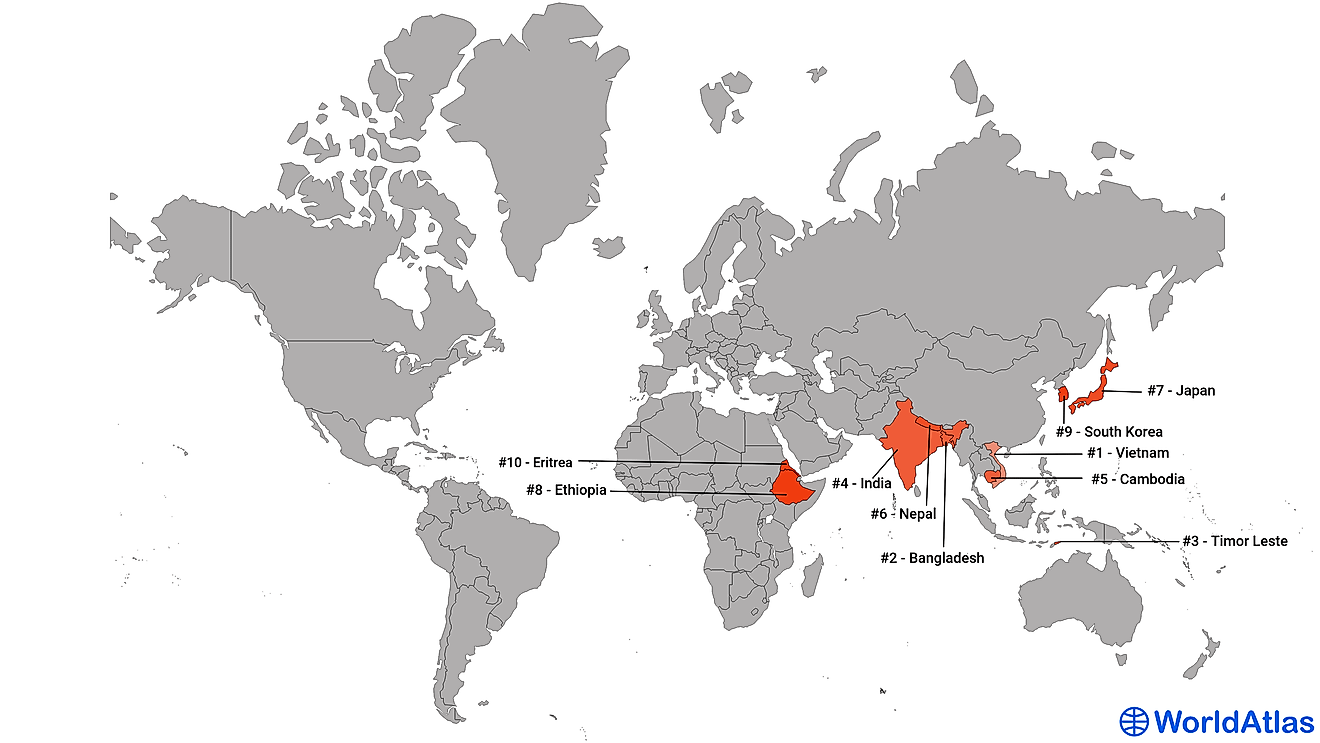What is the Scientific Method?

Scientific methods assist us in the process of understanding what surrounds us through various methods and experiments that lead to a conclusion that is aimed at answering the questions "what," "how," and "why." The methods include an in-depth analysis of raw data and procedures leading to the much needed solution or answer to a problem, or the needed information to add to the existing information. Since the 17th century, humans have tried to weigh, formulate, and test a fact. Ibn Al-Haytham is believed to have been the first man to use the scientific method.
Overview
To be an accomplished scientist, one needs to find scientific explanations to phenomenon or unravel the mystery behind an occurrence. The conclusion must be backed by evidence of a scientific method that one used to arrive at it. Control experiments may also be required for further confirmation. Scientific methods are universally accepted methods that can be used to solve a scientific method. Scientific method can also be applied to acquire new knowledge. For a method to be considered, it must be based on empirical or measurable evidence.
Steps of the Scientific Method
There are six steps commonly used:
1. State a Problem/Formulate a Question
In our day to day interaction with nature, we can question an occurrence. This is guided by what, when, why, how, where, or who. This is where one asks a question. For example “Why are crops not growing as healthy as they used to?”
2. Formulate a Hypothesis
One tries to answer the question raised in the question by coming up with a suggested explanation as to why the crops are not healthy. An example in our case could be “The crops are not well watered or the right seeds were not used.” It is not necessarily that this is the correct position. Hypothesis is simply what one thinks the problem could be.
3. Research and Design Experiment
This involves going out of your way to do a background check and interact with the object in question and gather information on the topic. This will form a strong foundation for a scientific conclusion. For example, in the question above one can visit farms, interview farmers, and ask for their previous records or interview the suppliers of fertilizer. The aim is to investigate whether things are as predicted by the hypothesis.
4. Conduct Experiment and Collect Data
This step takes time because one has to test and constantly alter one variable while others remain constant. One can redo the tests depending on the outcomes. A high degree of integrity is necessary. Keen observation skills and record keeping is a must. In our question above it might involve planting different parcels of the crop and exposing them to different phenomena by rotation.
5. Analyze the Findings
Evaluate the outcome by use of tables, charts or graphs. This should be put in a way that it will be easily understood by a future scientist. In our question above the findings could be a nutritional issue or climatic change thereby crops not growing in a healthy manner.
6. Researcher’s Conclusion
A researcher must find out if their prediction is supported. This step finds out if the predictions are accurate. A researcher may make a different hypothesis based on knowledge gained. Professional researchers will put their findings in journals or present them in research meetings. The purpose of passing on the information is to enable the society to benefit from the scientific research.











